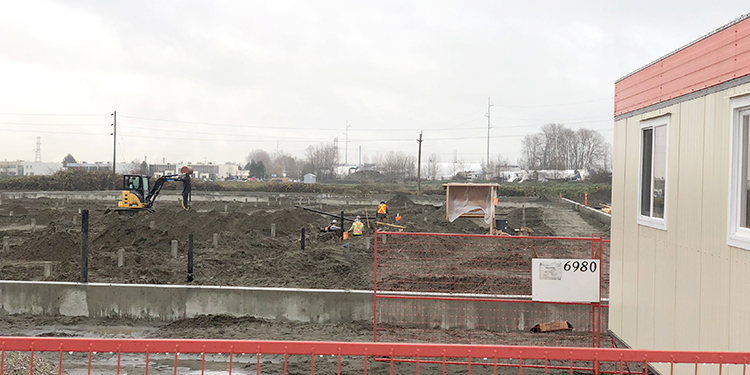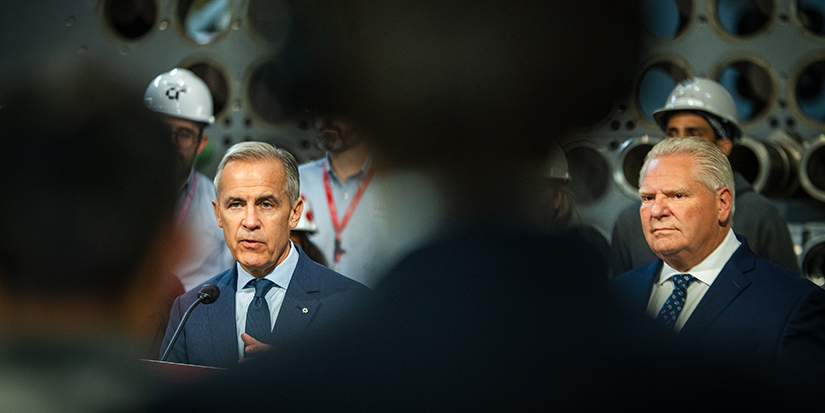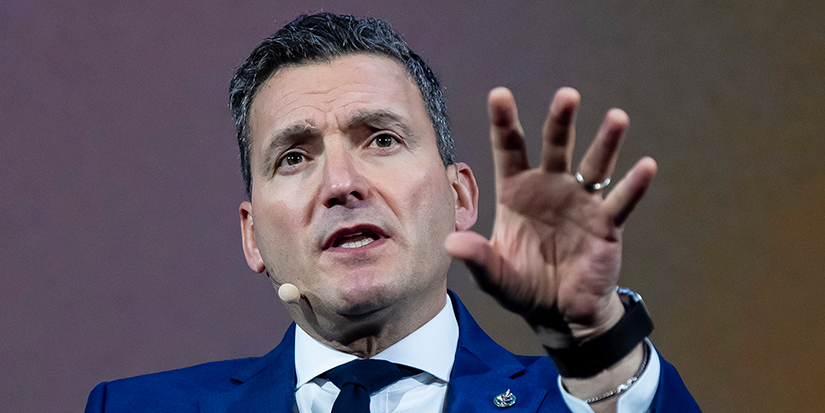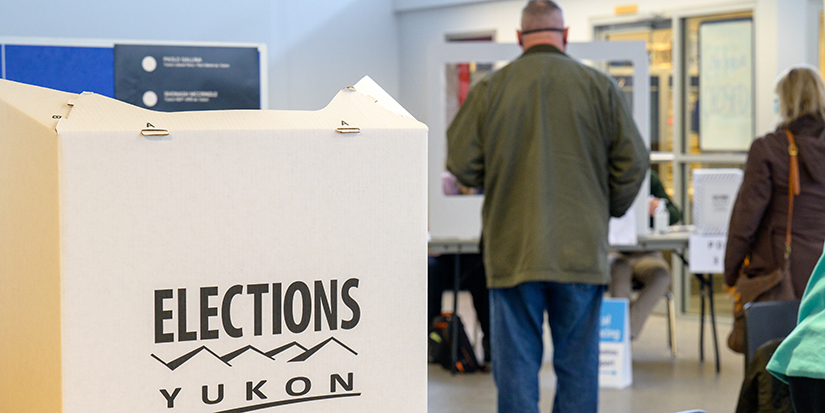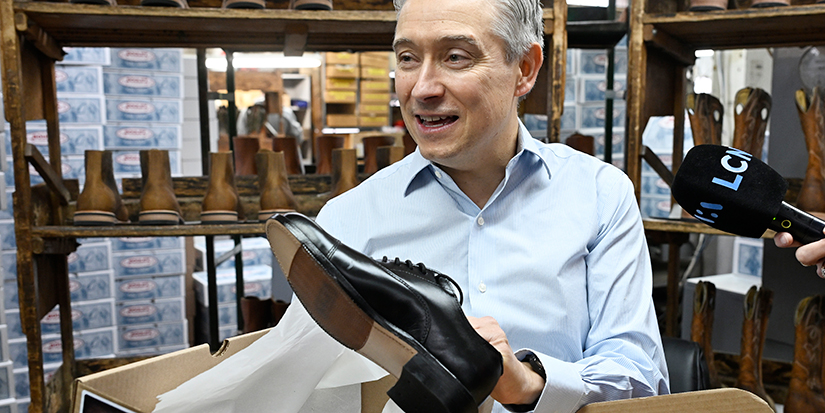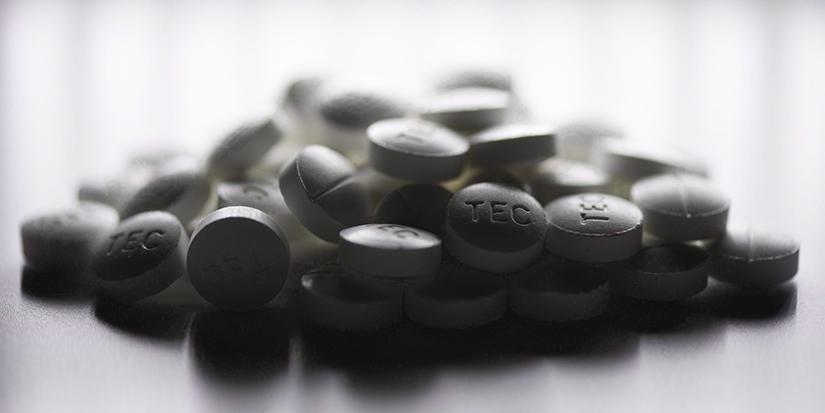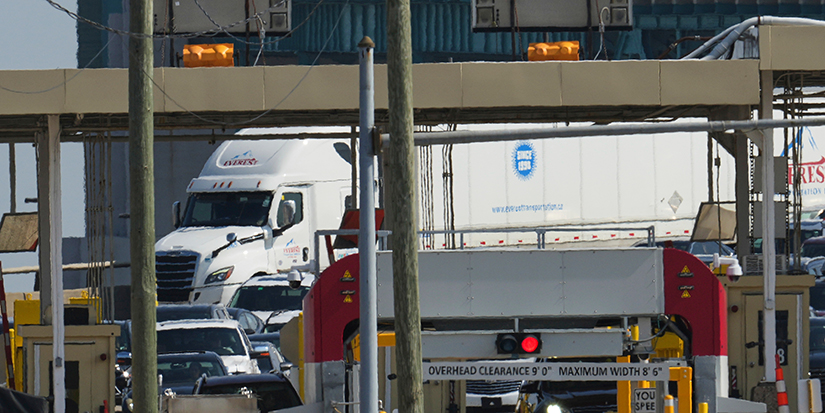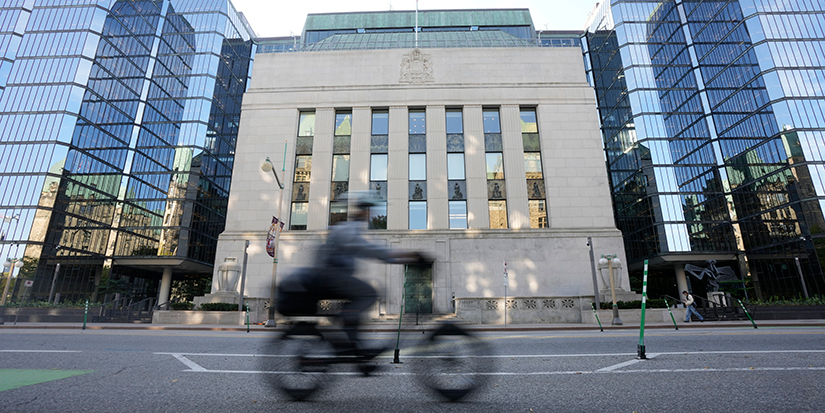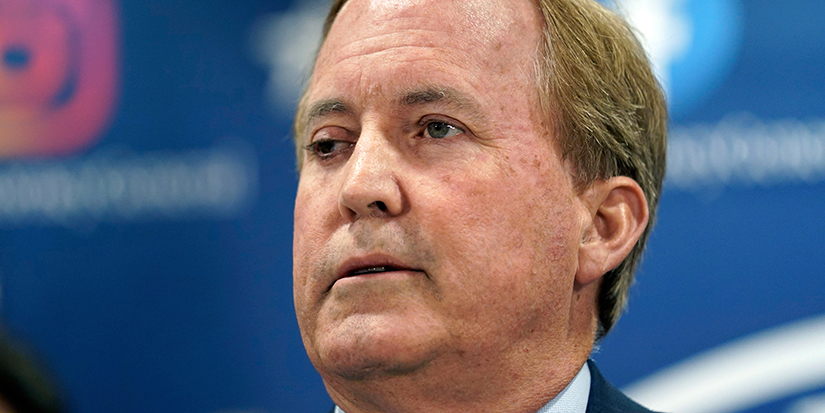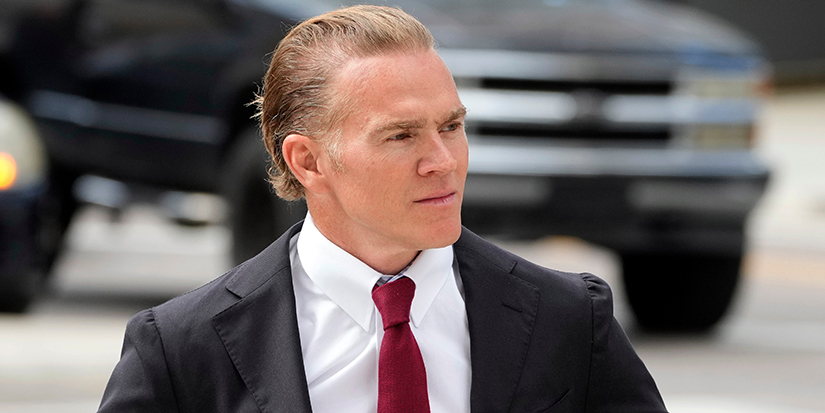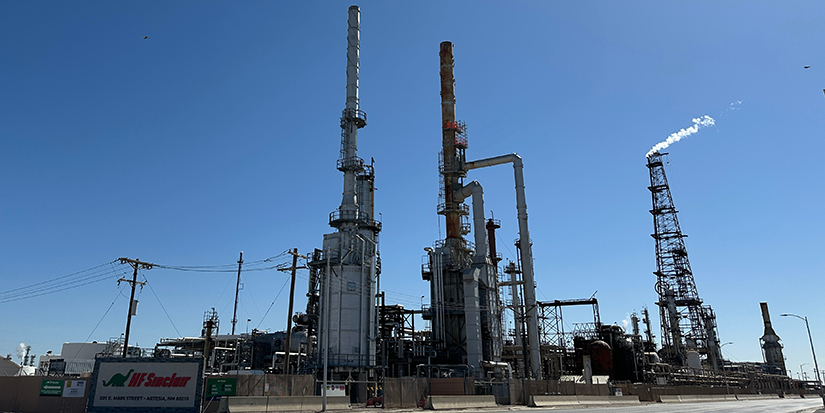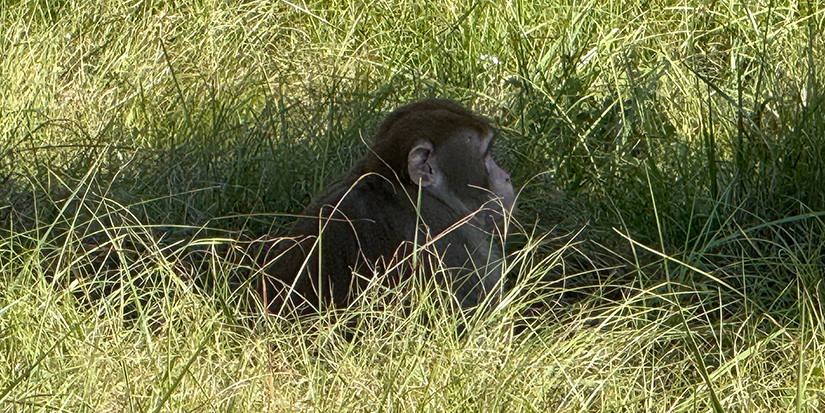Latest News
Could Richmond become commercial marijuana capital?
Published 11:24 PST, Wed December 13, 2017
The owner of an East Richmond farm says fears
that much of Lulu Island’s agricultural land will be converted to grow cannabis—after
next summer’s expected legalization of marijuana—are unfounded.
Avtar Dhillon and his wife Diljit Bains own a
21-acre parcel at 6980 No. 9 Road, where two 7,000-square-foot greenhouses are
rising in the shadows of Lafarge’s cement tower near the south arm of the
Fraser River.
Dhillon told The Richmond Sentinel that he
hasn’t ruled out growing cannabis in the greenhouses once marijuana becomes a
legal crop in Canada. The City of Richmond has been told the greenhouses will
be used to grow vegetables and other edible green products.
“We’re going to keep all of our options open,”
said Dhillon, who currently grows blueberries, walnuts, almonds, and prunes and
runs cattle on his properties. “We are not eliminating any possibilities of
agricultural crops that would be allowed.”
Dhillon is the executive chairman of Emerald
Health Therapeutics, a publicly-traded company that is planning to become a “large-scale,
low-cost cannabis producer,” according to its website.
He referenced a Deloitte and Touche report
that estimated Canada’s demand for cannabis will reach 600,000 kilograms annually
by 2022.
To produce that amount in a greenhouse would
require fewer than 500 acres, or some 10 million square feet, Dhillon said.
Considering how much farmland exists in
Richmond, let alone the rest of the Lower Mainland and B.C., that’s a “grain of
sand on a beach, it’s such a small quantity of land,” he claimed.
Emerald has already made plans to retrofit a
Delta greenhouse with 1.1 million square feet, he noted, with an option to
expand to five million. That could meet half of the demand for all of Canada.
“It’s a big misconception that is being
propagated at times…that there’s going to be large tracts of land that are
going to be taken over,” Dhillon said of the fear mongering by cities that
marijuana greenhouses will suddenly pop up everywhere. “It’s simply not true.”
Dhillon, who is also a family physician in
the Lower Mainland and now farms close to 2,000 acres in California and B.C.,
said it’s the medicinal benefits of marijuana—including its anti-seizure
potential in children—that has him excited.
“There are tremendous benefits for sleep, for
other disorders, for cancer, for infectious diseases, epilepsy, nausea, weight
loss. There’s a whole host of medical conditions that are being investigated
with this, and it’s going to be exciting to see the misconceptions of that one
molecule. When you take out the THC (which has psychotropic effects), you still
have a very active plant that can be used for medicines, and that’s really our
focus at Emerald.”
According to a press release on Emerald
Health’s website, the Saanich, B.C. firm partnered with Village Farms to
retrofit a 25-acre, 1.1-million-square-foot greenhouse in Delta last June that
had been used to grow tomatoes so that it instead can grow cannabis.
Richmond Mayor Malcolm Brodie said he’s
definitely concerned about what will come in the wake of the legalization of
marijuana.
Simply take a drive to Saanich, Brodie
suggested, and take a look at the bunker built into the middle of an
agricultural field and is visible from the highway. It is ringed by chain link
fencing and comes across as a very secure facility, he said.
“It’s not like anything we see on farmland
today,” Brodie said.
Coun. Harold Steves fears Richmond could
become the pot producing capital of the country.
“We could well end up being the heart of the
marijuana industry,” Steves said.
Brodie agrees, but said the City of Richmond
has had success in its previous efforts to limit the number of production
facilities for medical marijuana.
“It’s a matter of mirroring that type of
approach for the non-medicinal use (of marijuana). I don’t think we want to
become the centre of activity for the production of marijuana.”
Richmond council is on record as not
endorsing the legalization of marijuana.
The No. 9 Road property isn’t the only one
that appears, Steves said, destined to become part of the marijuana industry,
which one estimate pegs at worth more than $20 billion annually in Canada.
The City of Richmond has received a request
to change the designation of a 40,000-square-foot horse barn in South Richmond,
with the proposal to add 20,000 square feet.
“We should not be building what we call
warehouses, or factories or bunkers for marijuana on farmland,” he said.
Steves said Richmond is ideally suited to
both grow marijuana and distribute it, noting the city’s proximity to the
Vancouver International Airport.
“For greenhouses, or even growing marijuana
outdoors, we have the best soil and the best climate in all of Canada. So we
are a prime location for marijuana production. Of any place in the country,
this is the best place to do it.”
The predicted growth of the marijuana
industry poses a threat to Richmond’s ability to produce food for its
residents, he said.
“That’s why our very fragile, food-producing
land, is threatened by marijuana production. If we start taking our best lands
for growing marijuana, and not growing food, we’ve got a problem.”
While greenhouses might seem innocuous for
farmland, Steves said that’s not always the case.
He said he opposed the construction of
concrete-based greenhouses in Delta, but the province ruled that growing
tomatoes without soil was an agricultural use.
“That precedent has already been set. Anybody
that wants to build a greenhouse once (marijuana) is legalized, can build one.
But when you build greenhouses with acres and acres of concrete floors, you’re
actually destroying the farmland.”
While concrete-based greenhouses can grow
food, Steves said it’s not good food.
“I wouldn’t eat it and I wouldn’t recommend
anybody else eat it. It’s like processed food. The nutrition is taken out of it
with these processes…It’s taking us in the opposite direction of where we
should be going.”
